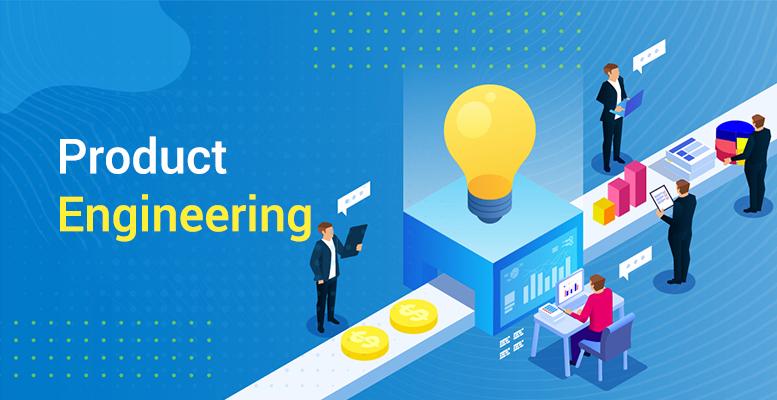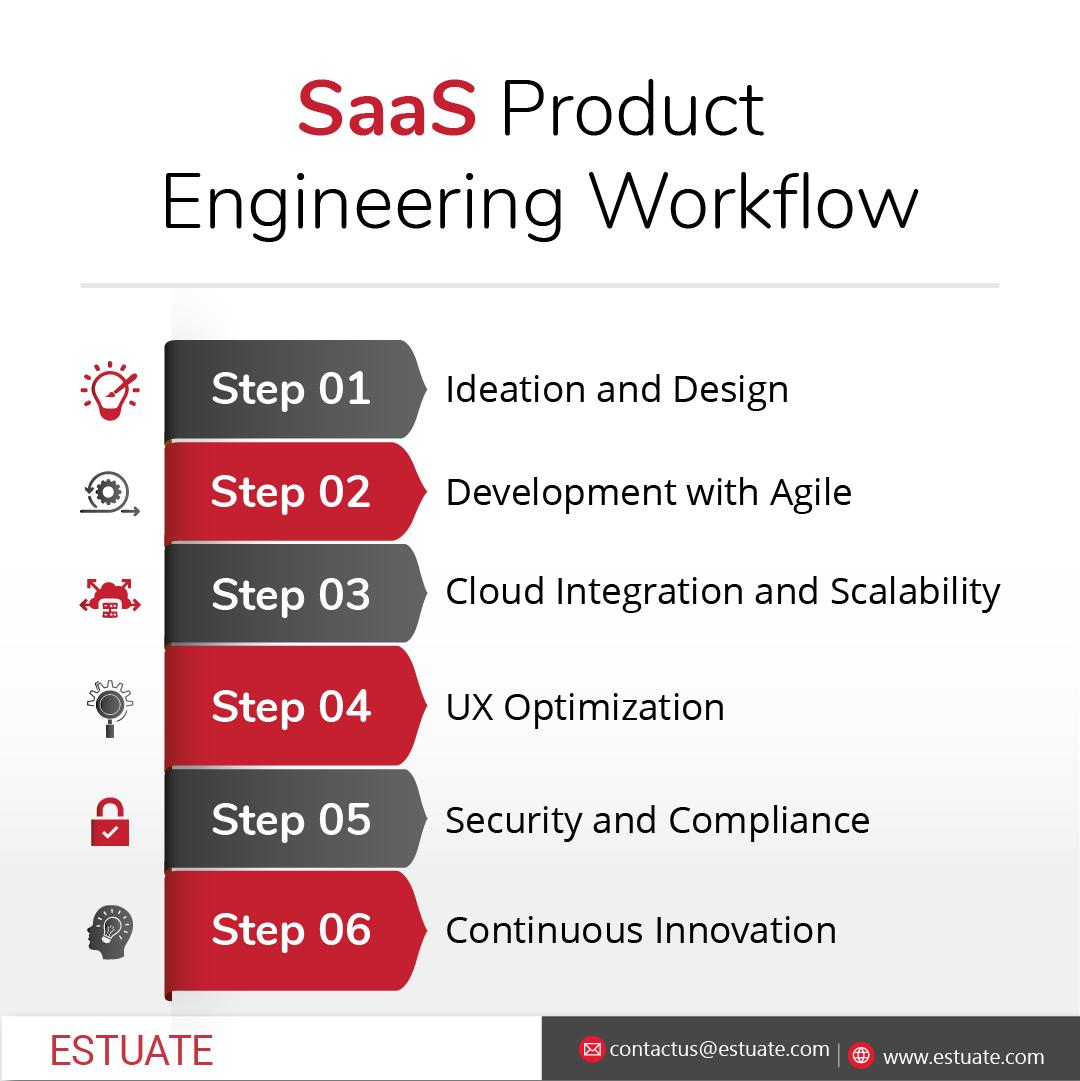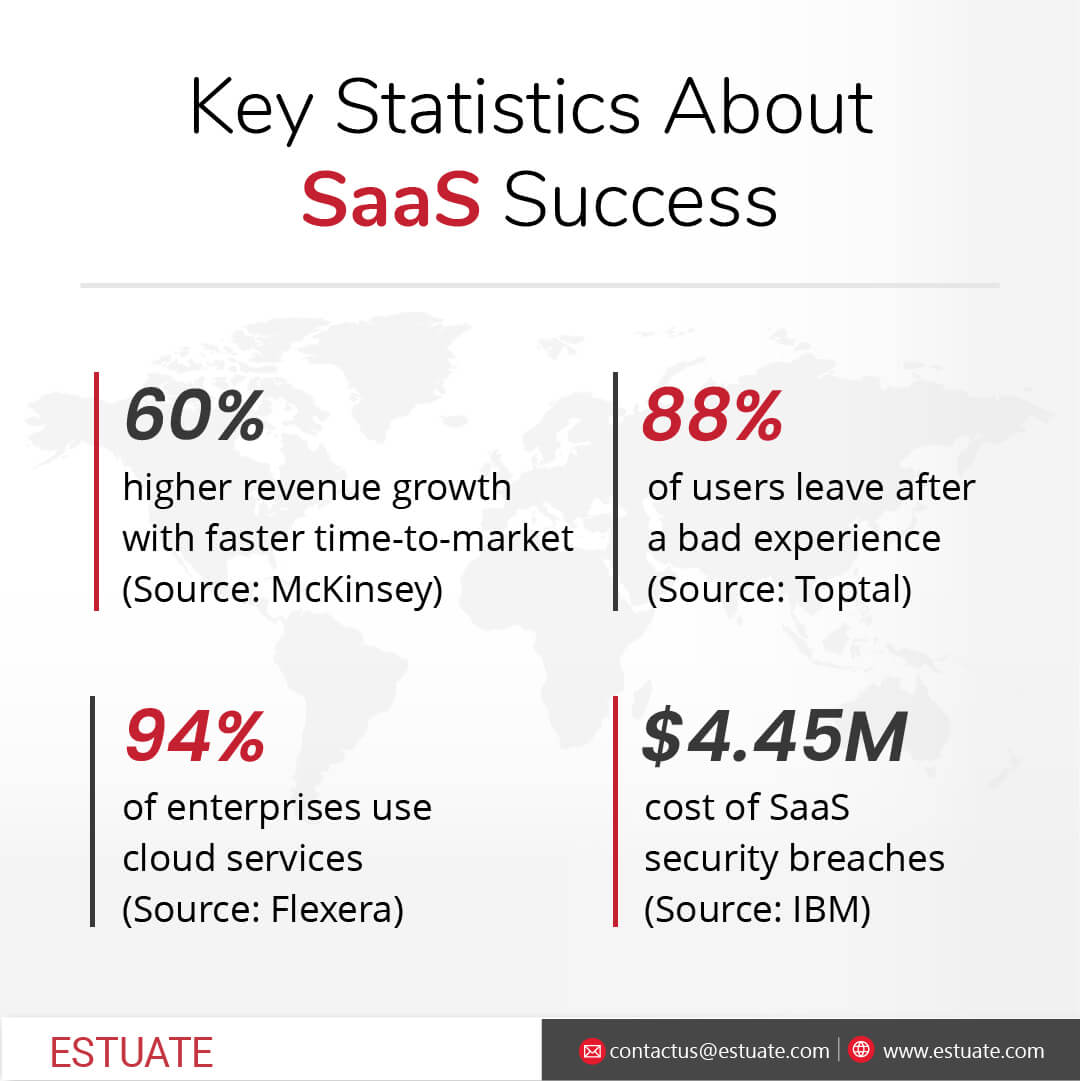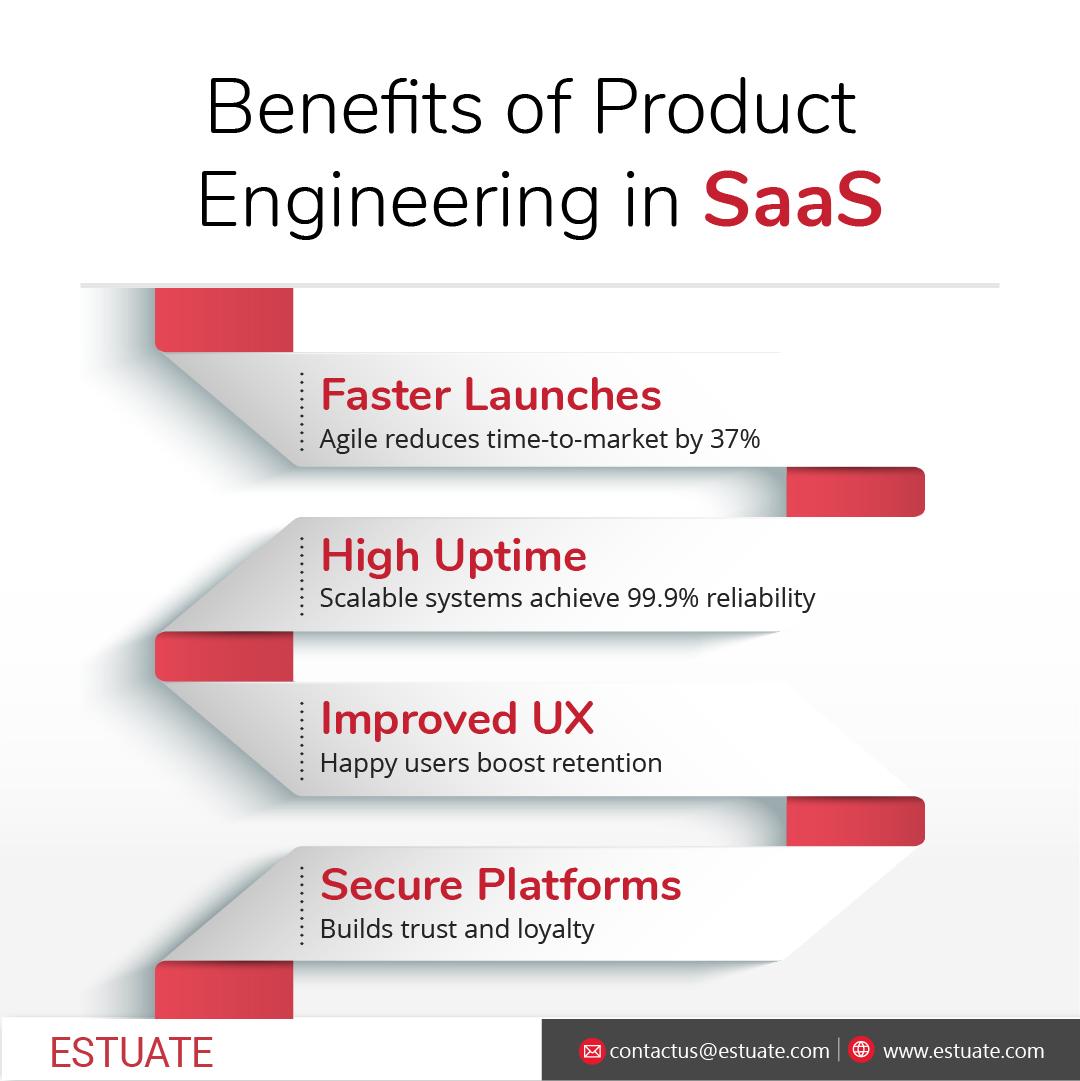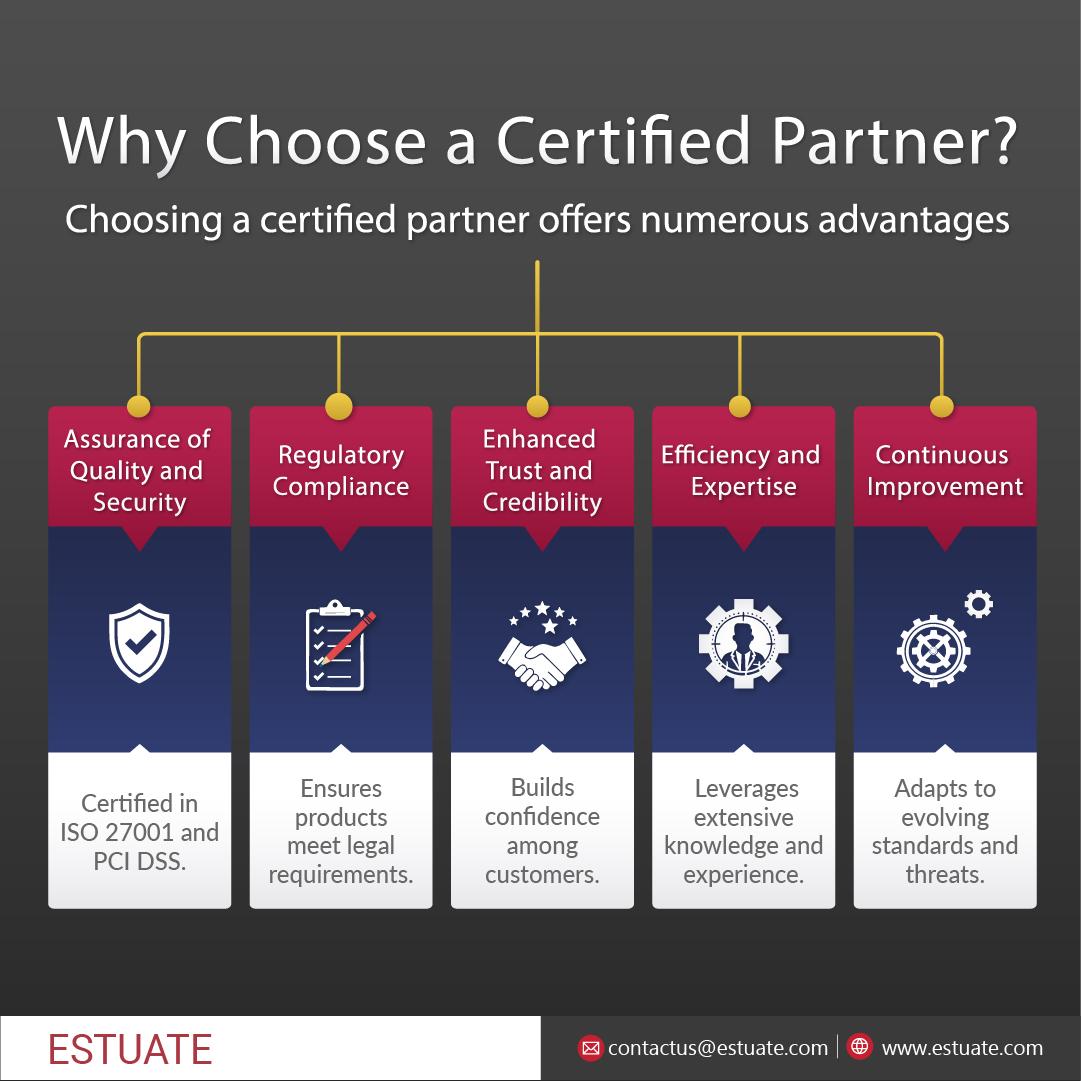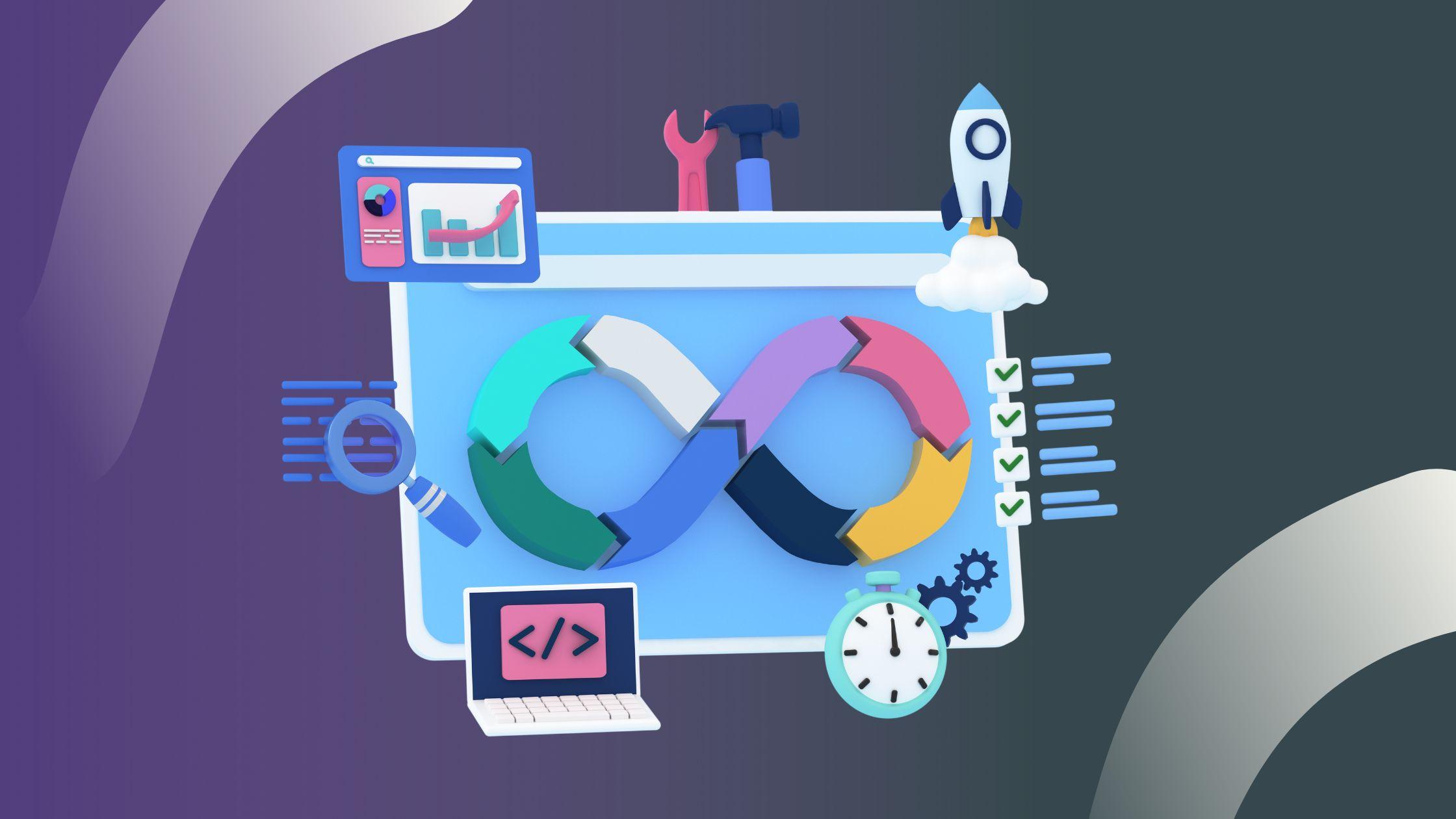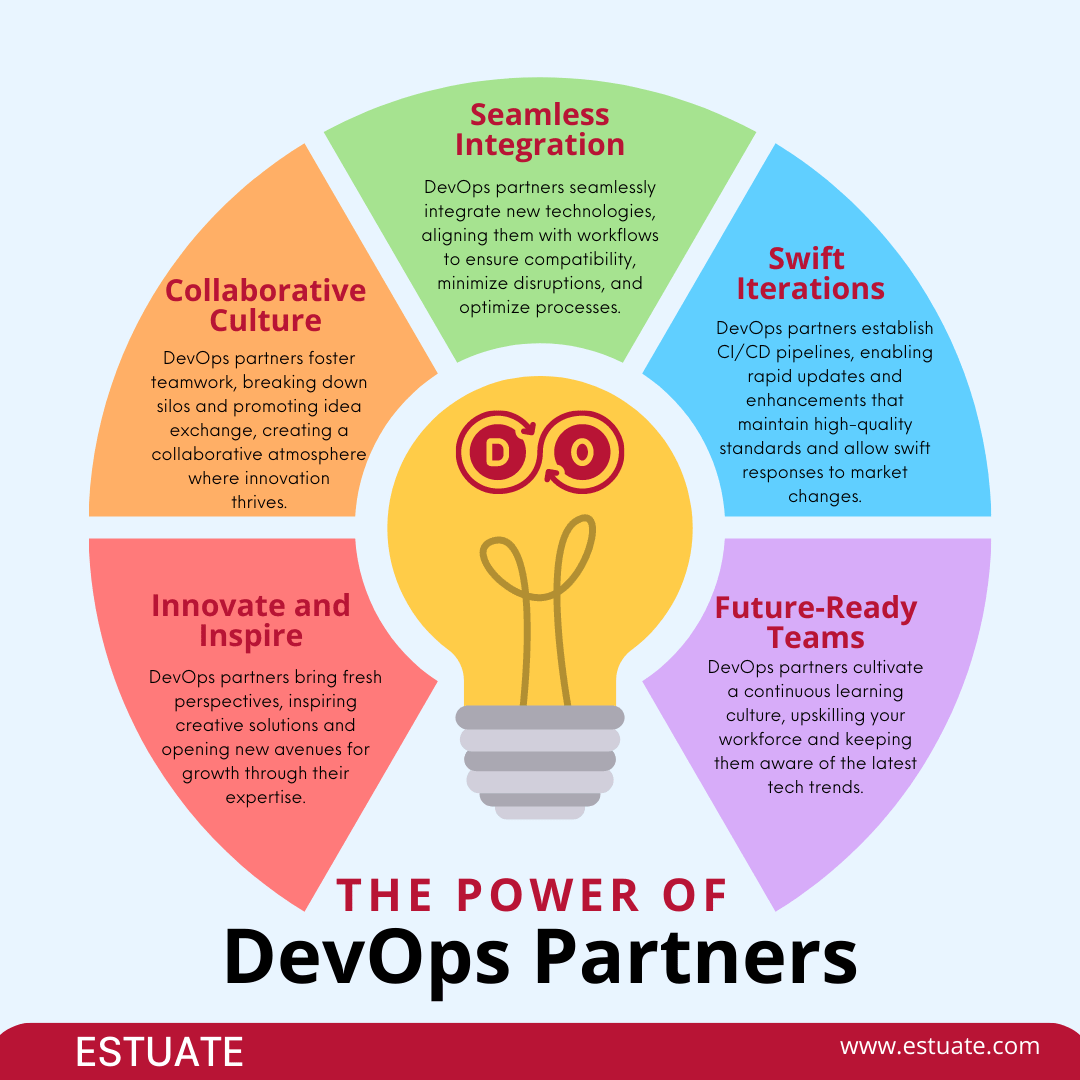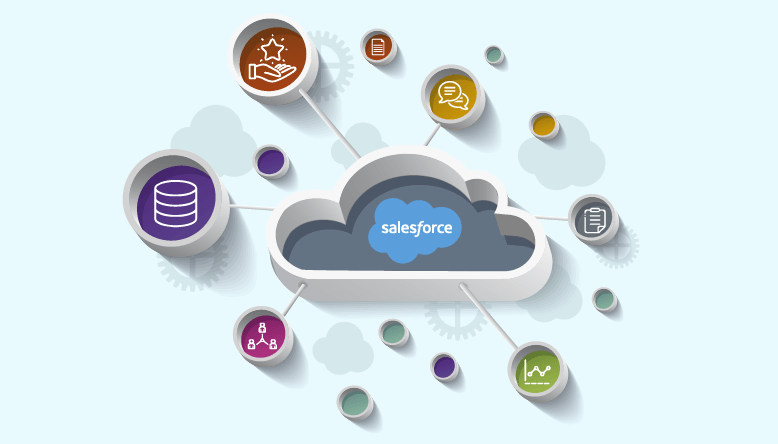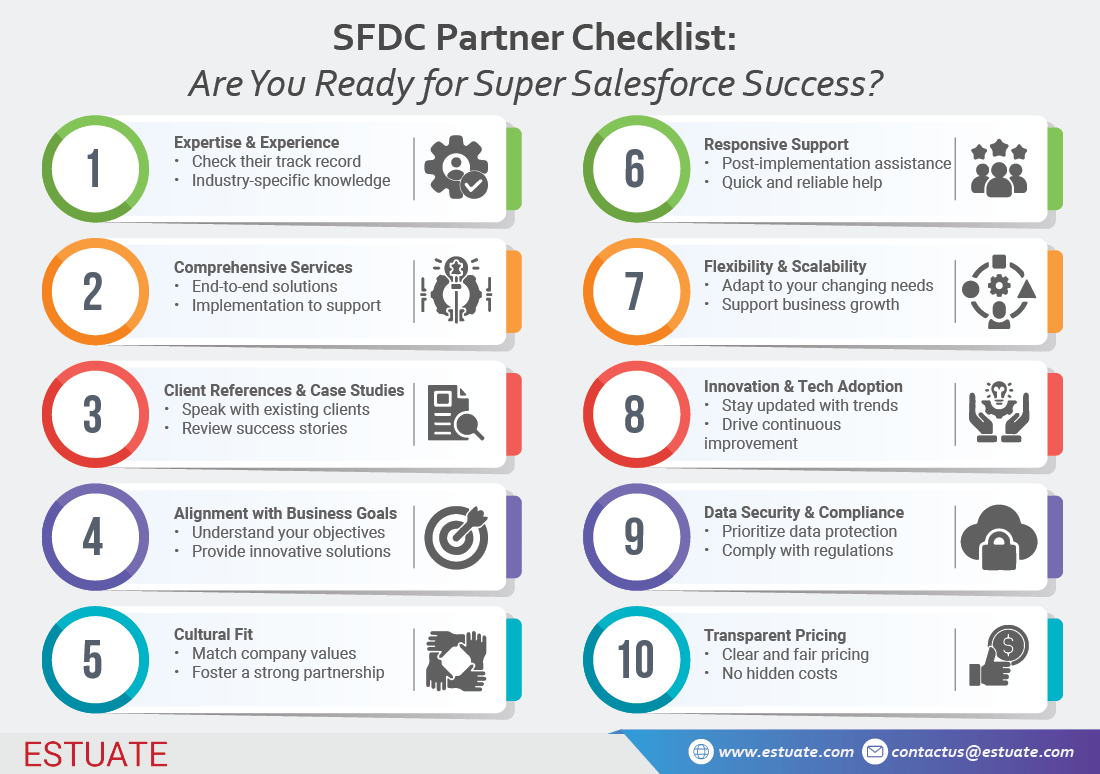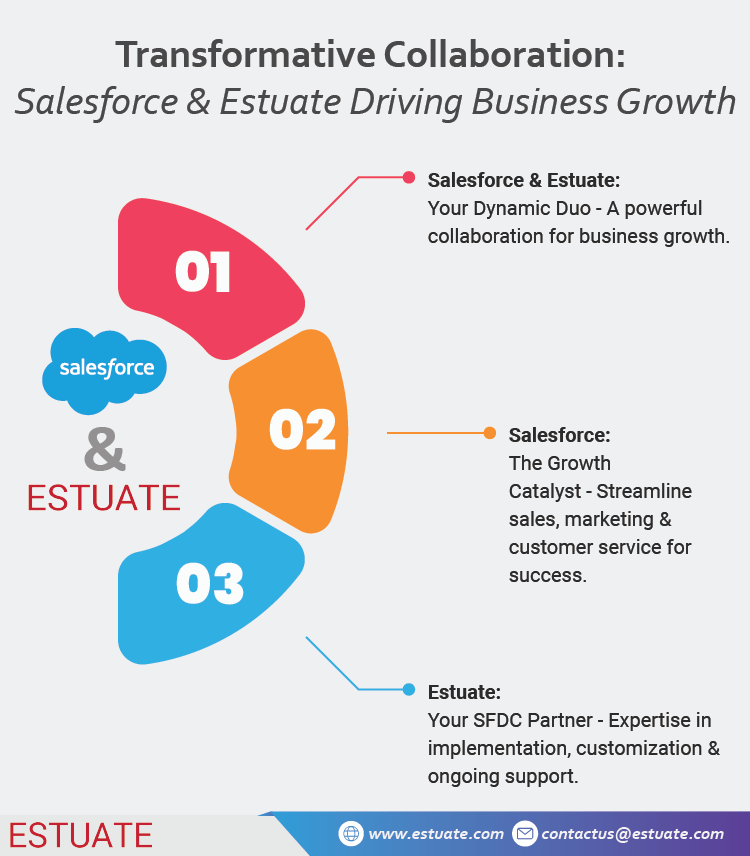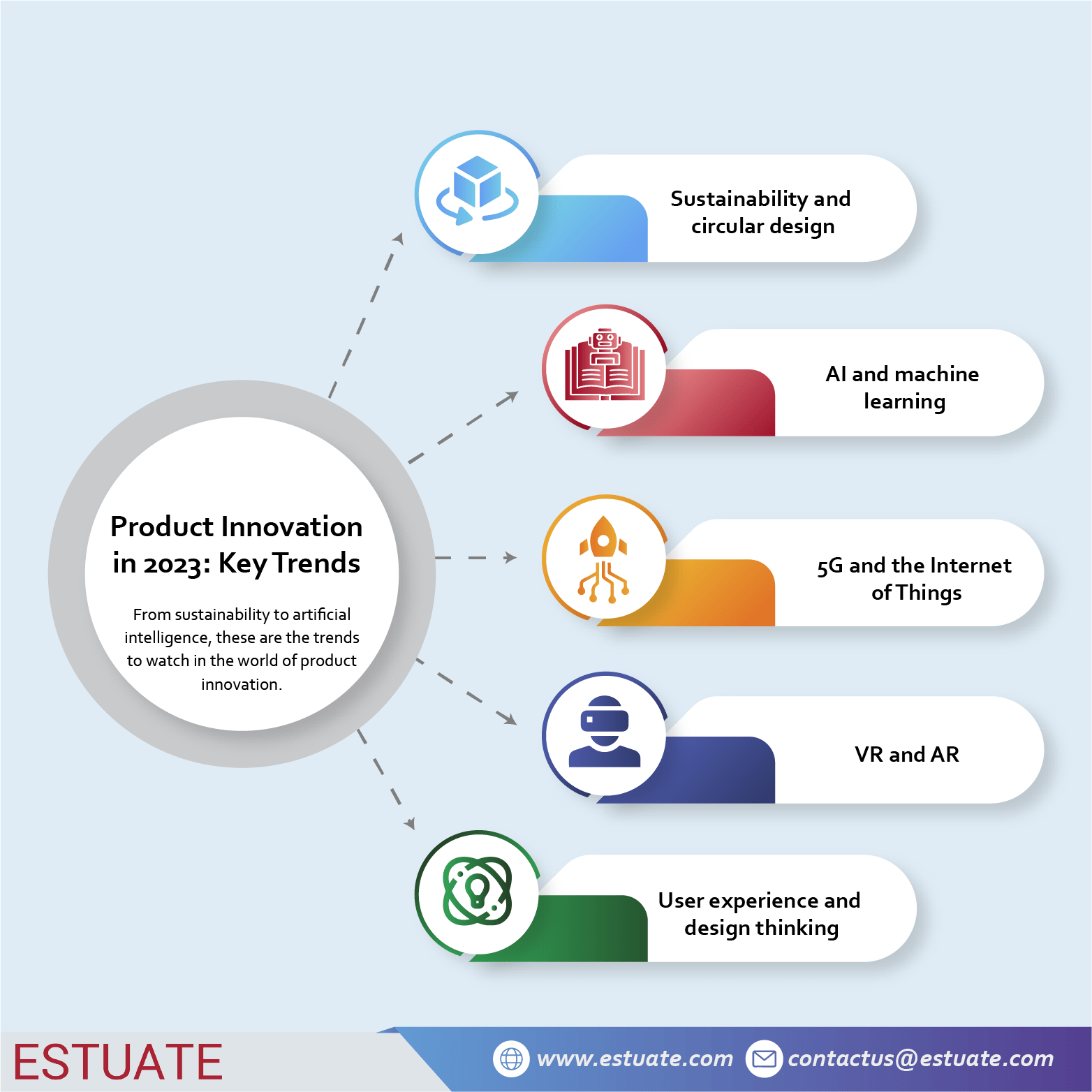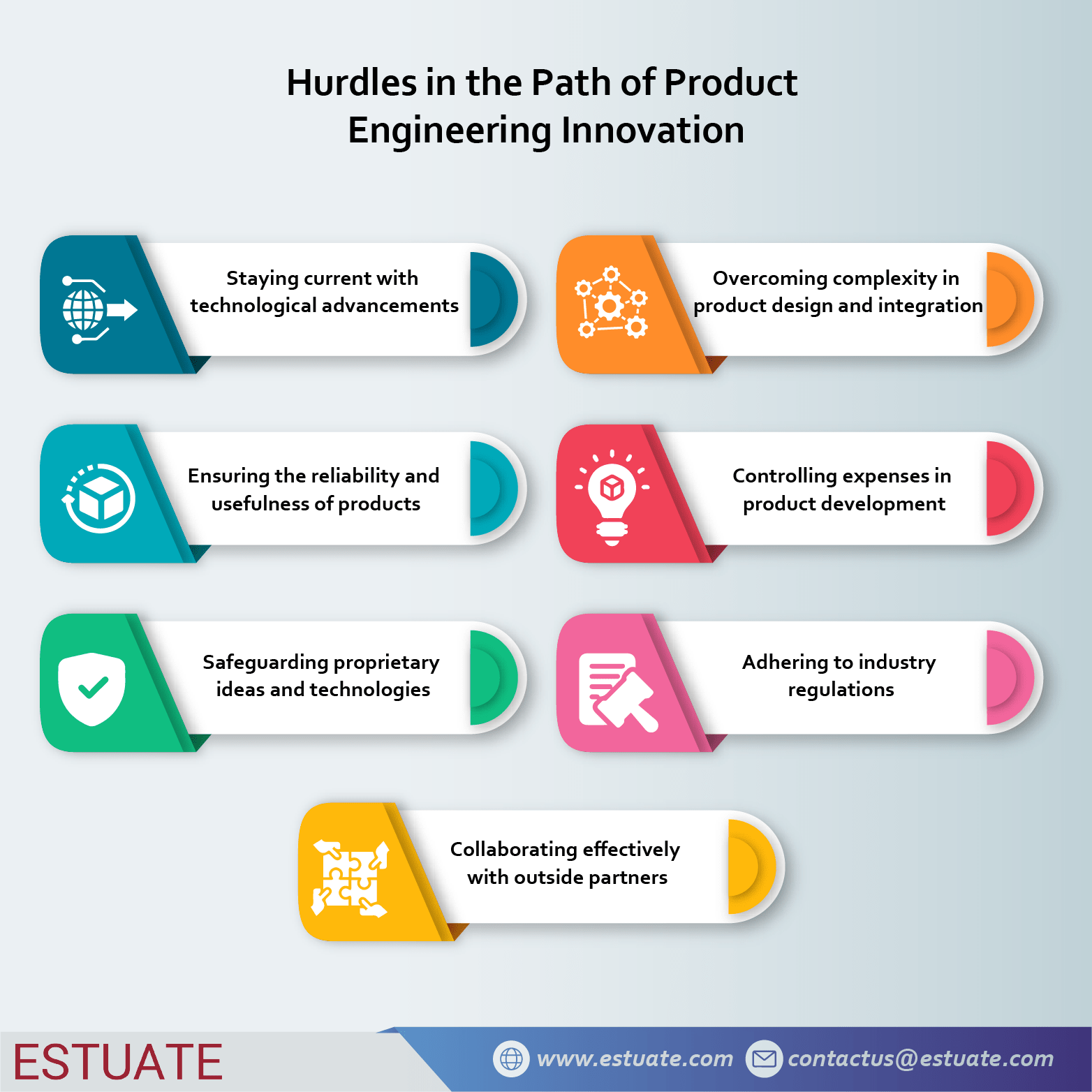Challenges That Make or Break Product Engineering Success

Product engineering in 2025 isn’t getting any easier. Technology moves fast, customer expectations keep rising, and competition is tougher than ever. Businesses are working hard to build scalable, secure, and high-performing products, but they’re also dealing with higher development costs, security threats, and ever-changing regulations.
Companies are investing heavily in AI, automation, and cloud computing to stay ahead. But launching a product isn’t enough anymore. To stay relevant, teams need to constantly improve, adapt, and scale while keeping performance and security in check.
But that’s easier said than done. Performance bottlenecks, security risks, cross-platform compatibility issues, and compliance challenges are just some of the roadblocks teams face. Without a solid strategy, companies risk slow development cycles, frustrated users, and expensive fixes.
Here’s a breakdown of the biggest product engineering challenges in 2025 and how to solve them.
1. Keeping Up with Changing Customer Expectations
Customer needs and behaviors are constantly evolving. What worked last year may not be enough today. New technologies, changing market trends, and rising user expectations mean that companies can’t afford to be static. A product that remains unchanged for too long risks becoming outdated or losing relevance in the market.
Today’s customers expect faster, more personalized, and seamless digital experiences. They want intuitive interfaces, predictive features, and real-time updates. Businesses that fail to adapt risk seeing higher churn rates, lower engagement, and declining market share. The challenge for product teams is to stay ahead of these changes, continuously refining their offerings while maintaining stability and performance.
“Customer expectations never stand still—your product shouldn’t either.”
How to Solve It:
- Adopt an agile development approach to ensure quick iteration based on customer feedback. Agile methodologies allow teams to release updates faster, test features in real-world conditions, and pivot when necessary.
- Use AI-driven analytics to track user behavior and predict trends. AI-powered tools can analyze how users interact with products, helping teams make data-driven improvements.
- Build modular and flexible architectures that allow for quick feature updates and improvements. A modular approach ensures that teams can add, update, or replace components without disrupting the entire system.
- By continuously evolving alongside customer needs, companies can stay competitive, retain users, and build long-term loyalty in an ever-changing digital landscape.
Keeping Up with Changing Customer Expectations
2. Ensuring Seamless Cross-Platform Compatibility
Users expect a consistent experience across devices—whether they’re on a smartphone, tablet, laptop, or even a wearable. They want to switch from one device to another without dealing with glitches, UI inconsistencies, or performance drops. However, ensuring smooth functionality across different platforms can be a challenge.
Developers need to account for different operating systems, screen sizes, input methods, and hardware limitations. A feature that works perfectly on an iPhone might not function the same way on an Android device or a web browser. Performance can also vary depending on a device’s processing power, network connectivity, and battery efficiency.
Inconsistencies across platforms can lead to frustrated users, higher churn rates, and negative reviews. Businesses must take a strategic approach to development, ensuring that every version
of their product meets the same high standards—without significantly increasing development
time or cost.
“A great product experience isn’t limited to one device—it needs to work everywhere.”
Future-Proof Your Product
AI, automation, cloud—Estuate’s expertise ensures you stay ahead
in the tech race.
How to Solve It:
- Use cross-platform frameworks like React Native or Flutter to maintain performance while reducing development effort. These frameworks allow developers to write code once and deploy it across multiple platforms, reducing time and cost.
- Invest in responsive UI/UX design to ensure a seamless experience across all devices. A well-designed interface should adapt dynamically to different screen sizes and orientations without compromising usability.
- Implement automated testing on multiple platforms to catch inconsistencies early. Testing tools can simulate how applications perform on different devices, helping developers detect and fix compatibility issues before release.
By building with cross-platform compatibility in mind, companies can reach a wider audience, reduce development overhead, and deliver a seamless user experience, regardless of how or where customers interact with their product.
3. Scaling Without Performance Issues
Many products work great with a small user base but start to lag or crash as traffic grows. Performance bottlenecks, database overload, and inefficient resource management can lead to slow load times, downtime, or poor user experiences—all of which can drive customers away.
As businesses expand, they need to ensure their infrastructure can handle spikes in traffic without compromising speed or reliability. This is especially important for e-commerce platforms, SaaS applications, and streaming services, where even a few seconds of delay can lead to lost revenue and frustrated users. Without a scalable backend, efficient load balancing, and optimized database operations, companies risk service disruptions that can damage their brand reputation.
How to Solve It:
- Use a microservices architecture to distribute workloads efficiently. Breaking down applications
into smaller, independent services ensures that a failure in one area doesn’t bring down the
entire system. - Leverage cloud computing and auto-scaling to dynamically adjust resources as demand fluctuates. Cloud providers like AWS, Azure, and Google Cloud offer tools that allow businesses to scale up or down based on traffic loads.
- Optimize database queries and implement caching to improve response times. Using Redis, Memcached, or other caching solutions can help reduce database strain and deliver faster
results to users.
Scaling Without Performance Issues
By investing in scalable infrastructure and proactive performance monitoring, businesses can ensure that their applications run smoothly—even during high-traffic events like product launches, seasonal sales, or viral spikes. A well-optimized system not only enhances user satisfaction and retention but also reduces infrastructure costs by preventing unnecessary over-provisioning.
4. Managing Security and Compliance Risks
With cyber threats growing more sophisticated, security can’t be an afterthought. Data breaches, ransomware attacks, and insider threats pose serious risks to businesses of all sizes. A single security lapse can result in financial losses, reputational damage, and legal consequences. At the same time, companies must navigate strict compliance requirements like GDPR, HIPAA, SOC 2, and PCI DSS, which vary across industries and regions.
The challenge is finding a balance between robust security and development speed. Many organizations struggle to keep security airtight while maintaining agility and efficiency in product development. Delayed security implementation often leads to last-minute fixes, patchwork solutions, and increased costs. Security must be built into the development process rather than treated as an afterthought.
How to Solve It:
- Implement security best practices such as encryption, access control, and multi-factor authentication (MFA). Encrypt sensitive data both at rest and in transit, enforce role-based access controls (RBAC), and use MFA to protect against unauthorized access.
- Adopt DevSecOps methodologies to integrate security checks into CI/CD pipelines. Automating security testing throughout the development lifecycle helps catch vulnerabilities early, reducing the risk of breaches.
- Stay updated on regulatory changes and conduct regular security audits. Compliance laws are constantly evolving, and failure to keep up can result in hefty fines. Routine audits help ensure that security policies remain effective and aligned with the latest regulations.
By embedding security into the development process, businesses can protect customer data, reduce compliance risks, and prevent costly breaches—all without slowing down innovation. A proactive security strategy ensures that security measures evolve alongside threats, keeping businesses one step ahead of cybercriminals.
5. Balancing Speed and Quality in Development
Companies are under constant pressure to release features quickly to keep up with market demands, beat competitors, and meet customer expectations. However, moving too fast often leads to bugs, unstable features, technical debt, and long-term maintenance headaches. Rushed development can compromise code quality, resulting in costly rework, frustrated users, and even security vulnerabilities.
Striking the right balance between speed and quality is one of the biggest challenges in product engineering. Developers need to deliver new features fast, but they also need to ensure stability, performance, and security. Without the right approach, businesses risk launching products with glitches, crashes, or security flaws—which can damage their reputation and lead to customer churn.
How to Solve It:
- Automate testing and deployment using CI/CD pipelines to catch bugs early. Automated unit, integration, and performance tests help ensure that new updates don’t introduce unexpected issues.
- Follow clean coding principles and enforce code reviews to maintain quality. Encouraging structured, well-documented code makes it easier for teams to collaborate, debug, and scale products over time.
- Use feature flags to roll out updates gradually without affecting all users at once. This allows teams to test features in real-world conditions, identify potential issues, and make adjustments before full deployment.
By combining automation, structured development practices, and phased rollouts, companies can speed up releases while maintaining high-quality standards. This approach reduces technical debt, enhances user experience, and ensures long-term product stability—all while keeping development agile and efficient.
“The best products aren’t just built fast—they’re built to last.”
Build. Scale. Innovate
Partner with Estuate for high-performance, secure, and scalable product engineering solutions.
Let’s Talk!
How Estuate Can Help
Product engineering challenges require expertise, strategic planning, and the right technology stack to ensure success. Estuate specializes in building scalable, high-performance, and secure products that align with business goals. From cross-platform development and cloud adoption to security compliance and AI-driven innovation, our teams help organizations overcome engineering roadblocks and deliver products that last.
Looking to enhance your product development strategy? Let’s talk about how Estuate can help accelerate your journey.
What’s the biggest product engineering challenge for your team in 2025? Share your thoughts with us on LinkedIn, Twitter, or Facebook. We’d love to hear from you!



